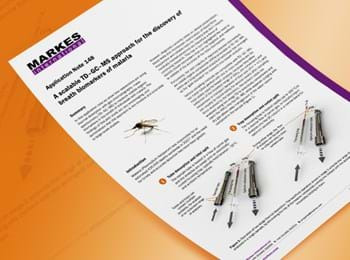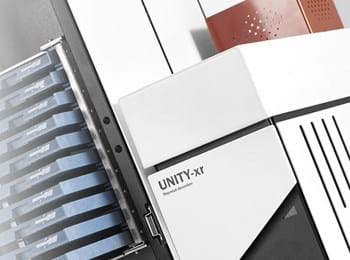Content hub
From application notes to blogs, news items to infographics, we've got a wealth of advice about VOC and SVOC analysis that we'd like to share with you. Simply use the search function or use the drop-down selectors to filter by content type, sampling method and/or application area to discover more.

UNITY–ULTRA-xr Pro
Multi-tube thermal desorber with advanced re-collection options.

UNITY–CIA Advantage-xr
Cryogen-free, automated whole-air preconcentration system.

UNITY–Air Server-xr
Cryogen-free thermal desorber for unattended on-line air monitoring.

TT24-7xr
Advanced thermal desorber for uninterrupted monitoring of trace chemical vapours.

TT24-7NRT
Advanced thermal desorber for continuous sampling and concentration of trace chemical vapours.

TD100-xr
Multi-tube thermal desorber for high-throughput automated analysis.

TC-20 TAG
Conditioning and dry-purging unit for multiple sorbent tubes fitted wiith TubeTAG™ RFID tracking tags.

TC-20
Conditioning and dry-purging unit for multiple sorbent tubes.

Micro-Chamber/Thermal Extractor
Explore
Kori-xr
Water management device for Markes TD instruments.

Centri
Centri automated sample extraction and enrichment platform.

What is thermal desorption?
Explore
How can I use re-collection to simplify method validation and development?
Instant Insight 006

Improving thermal desorption (TD) applications with sample re-collection
Instant Insight 005

Can you remove water without losing polar compounds?
Instant Insight 003

How can you extend analyte range without affecting peak shape?
Instant Insight 002

Can you really trap very volatile compounds without liquid cryogen?
Instant Insight 001





